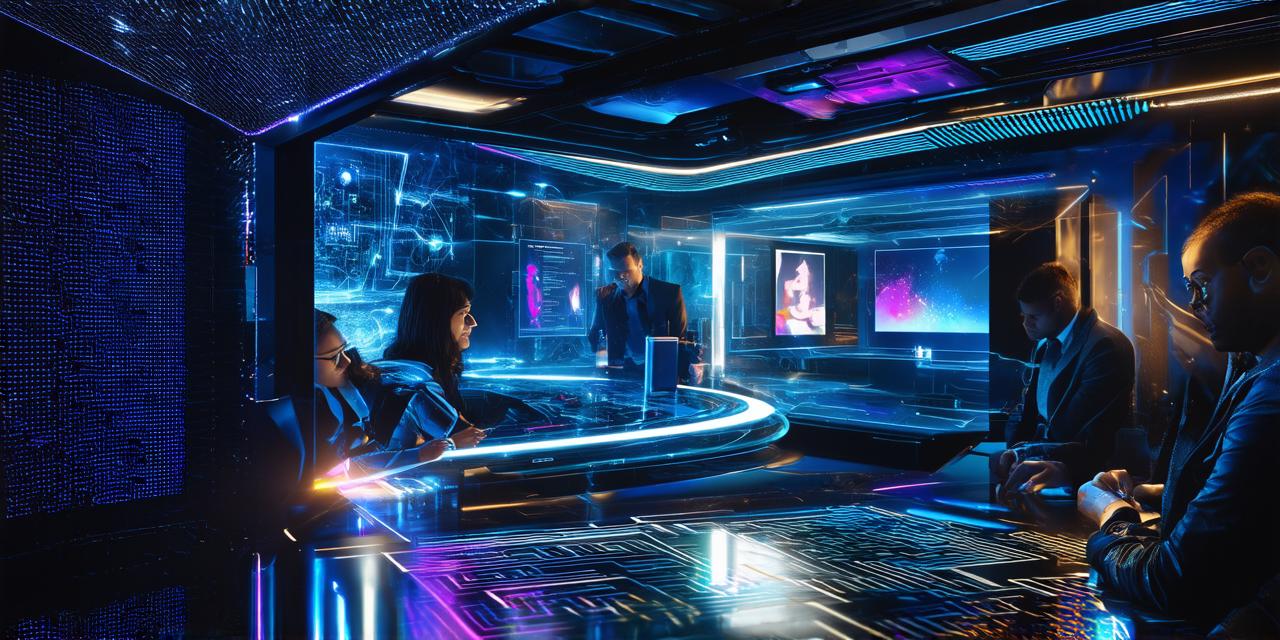Augmented reality (AR) is a rapidly growing technology that blends digital content with the real world. AR applications have the potential to revolutionize the way we interact with information and each other, from entertainment to education.
Components of AR Applications
AR applications consist of several key components:
- Content creation: The first step in creating an AR application is to design the content that will be displayed on the screen. This can include images, videos, 3D models, and animations.
- Capture device: The capture device is used to track the user’s location in the real world. Common capture devices include smartphones, tablets, and specialized AR glasses.
- Computer vision algorithms: These algorithms are used to recognize and interpret the real-world environment captured by the camera. They can detect surfaces, objects, and even people, allowing the application to overlay digital content onto the real world.
- User interface: The user interface is the way that users interact with the AR application. This can include gestures, voice commands, or physical interactions with the environment.
- Cloud services: Many AR applications require cloud services to store and serve data to the capture device. These services can also be used for real-time rendering of 3D content.
Development Process of AR Applications
The development process for AR applications involves several steps, including:
- Conceptualization: The first step is to determine the purpose and goals of the application. This can include brainstorming ideas, research, and prototyping.
- Content creation: Once the concept has been finalized, the next step is to design the content that will be displayed on the screen. This can include creating 3D models, animations, and other digital assets.
- Integration of capture device: The AR application must be integrated with a capture device, such as a smartphone or tablet. This involves setting up the camera and ensuring that it is calibrated correctly.
- Implementation of computer vision algorithms: The AR application requires computer vision algorithms to recognize and interpret the real-world environment. These algorithms can be implemented using software development kits (SDKs) provided by companies like Apple, Google, or Microsoft.
- User interface design: Once the AR content is displayed on the screen, the user must be able to interact with it. The user interface must be designed to be intuitive and easy to use.
- Testing and deployment: The final step is to test the AR application thoroughly to ensure that it works as intended. This can involve testing in real-world environments and making adjustments based on feedback from users. Once the application has been tested, it can be deployed to the target platform(s).
Best Practices for AR Development
Here are some best practices for AR development:
- Optimize content for performance: AR applications require high-performance hardware to render 3D models and animations in real-time. It is important to optimize the content for performance, using techniques like LOD (level of detail) and compression.
- Use real-world references: AR applications must accurately track the user’s location in the real world. It is important to use real-world references, such as landmarks or GPS data, to ensure that the application works accurately.
- Focus on user experience: The user interface must be designed to be intuitive and easy to use. This can involve using gestures or physical interactions with the environment to control the AR content.

- Test in real-world environments: AR applications must be tested in real-world environments to ensure that they work accurately. This can involve testing in different lighting conditions, weather conditions, and physical environments.
- Collaborate with experts: Developing an AR application requires specialized knowledge and expertise. It is important to collaborate with experts in computer vision, user interface design, and other related fields to ensure the success of the project.
